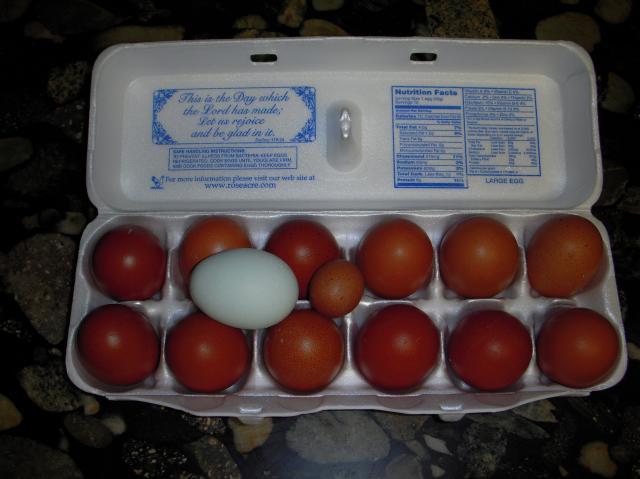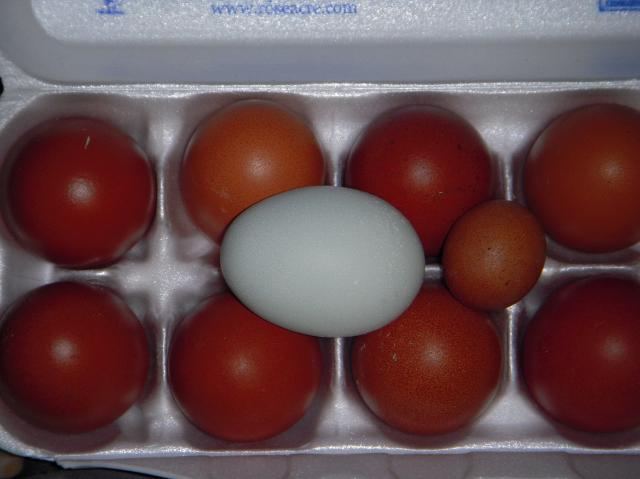I'll have to disagree with that last assumption. In birds, it's beneficial to reflect on the role of natural selection on the eggs themselves.
Egg predation may favour crypsis in eggshell colour, resulting in the eggshell resembling the nest and nesting place. Therefore, egg coloration is highly variable among species because of the great variety of materials observed in nests and nesting sites (Westmoreland & Kiltie, 1996; Blanco and Bertellotti, 2002). Quails are ground nesting birds and their multicoloured eggshells give this necessary advantage to protect their eggs from predators.
Significant differences in eggshell colour characteristics among females indicate that quantification of eggshell colour using image analysis could be used to assess eggshell colour and pattern. The results of the discriminant function analysis demonstrate that the patterns on eggshells are an important variable to describe eggshell pigmentation. Carotenoid pigments are known to have antioxidant properties. They scavenge harmful free radicáis and protect cells, tissues and the immune system from oxidative injury (Krinsky 2001, McGraw, 2005).
http://www.scielo.cl/scielo.php?script=sci_arttext&pid=S0716-97602009000100010
Theoretically speaking, if a hen lays a clutch of eggs and the shells vary to small extent in pigmentation and there is a greater hatchability rate amongst chicks
born of- let's say- highly spotted eggs- and let's roll back a bit further- in a wild bird species- some non-obligatory ( read opportunistic) nest predator- let's say a magpie- arrives at the nest after waiting for the hen to leave. The eggs that are most visible get pecked at first. The mother bird and her mate return and chase off the magpie- they remove the remains of the broken eggshells from the nest and get back to the business of incubation. The two eggs deposited first, in this theoretical case, are at the center of the clutch and are more highly pigmented. The less pigmented eggs deposited a bit later, towards the end of the clutch, are the first to be pecked at- damaged. It could be random and generally is -but just indulge me here for a moment-
In ground birds- turkeys or coturnix quail - which lay on the ground, the clutch is quite large ( a dozen eggs could be laid before incubation begins) . eggs are laid every other day sometimes two days may pass before an egg is deposited. The likelihood of the eggs being discovered during the first two weeks of nesting is very high. The hen is jumpy for the first week after laying her clutch- getting up to find food and water and a read a book at the library or laundromat or what have you. So nest predators have a very serious effect on the eggs themselves, as does weather as we discussed before- the mottled egg and the dark egg having a bit more protection in certain ambient light situations-
anyway- while the paler egg and the darker egg may share the same basic genetics, they are by no means identical. The eggs whose shells protect them against predation have a higher rate of survival than those that do not- hence the phenomenon of chipmunks, squirrels, seagulls, crows, skunks and opossums destroying nests with white or pale eggs before patterned ones...
Be the nest predator and remove the eggs from the gene pool that do not have quite what it takes to hatch.
We've discussed the origins of the special pigments unique to dark egg laying breeds and we've covered their theoretical advantages/disadvantages.
The trait that you are selecting for is called
Erythrism. Hatch only the most erythristic eggs to produce founder populations of chooks exhibiting the highest rate of mutations responsible for the production of entirely erythrismal clutches.
Breeding son back to mother insures that the genes responsible for this expression of erythrism become not only fixed but dominate in the entire population of her covey.
Ground birds tend to return yearly to nest and in species like ruffed grouse and other forest species that produce highly pigmented egg shells, this habit of returning to the same nest site- actually of never moving from the small localized patch of forest- they increase the potential for inbreeding. As mortality is exceedingly high during reproductive phases- its a fifty toss up as to which sex is killed during the nesting period- the ever pugilistic male or the setting hen. If the hen manages to avoid predation year after year, you be certain that eventually, she will be breeding back to her own progeny - or closely related progeny- her sister or mother's sons. This is just an exercise in rethinking the nature of nest predation and population ecology =behavioral ecology as it may relate to localized populations of a given colour sport- phenotypically as is the case of the ruffed grouses' red phase or in our case, the egg's colour phase.






